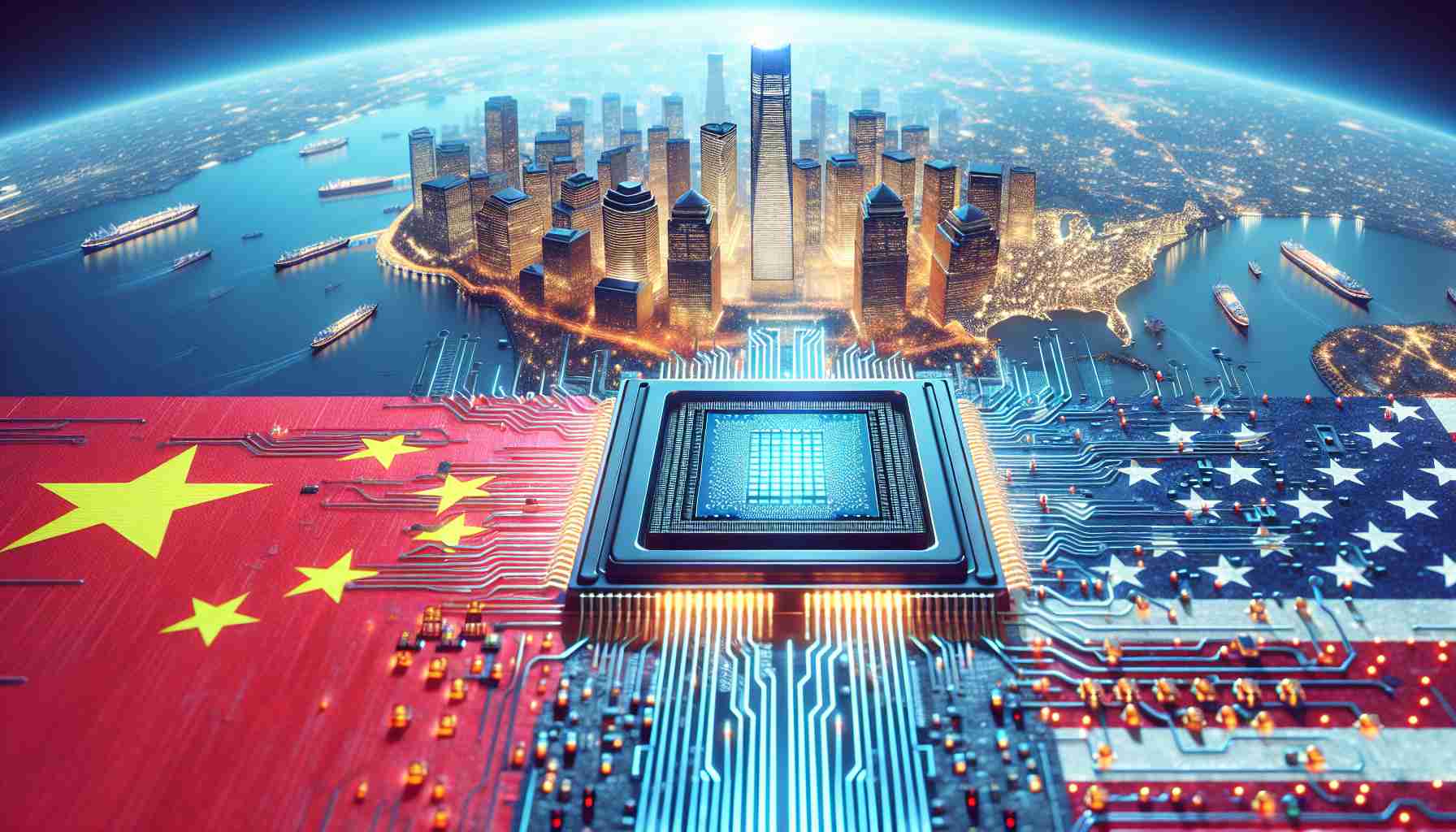The latest semiconductor developed by Huawei, which serves as the core for its recent Mate 60 Pro smartphone, was met with skepticism by the U.S. Secretary of Commerce, Gina Raimondo. Raimondo highlighted the discrepancy in chip advancements during a televised segment, asserting that American technological prowess in the semiconductor sector remains unchallenged by its Chinese counterparts.
This assertion underscores the efficacy of ongoing U.S. trade sanctions, originally enacted in 2019, which aimed to curb the technological ascendancy of corporations such as Huawei. These sanctions persist, with even tighter restrictions imposed on semiconductor sales related to 5G devices.
The Kirin 9000S chipset, a pivotal component in Huawei’s handset, is the product of collaboration between SMIC, China’s leading semiconductor manufacturer, and Huawei’s own chip-design division, HiSilicon. Yet, such advancements lay in the shadow of superior American chip technology, which is said to be years ahead.
While the United States engages in broad trade relations with China—a relationship that supports numerous American jobs—Raimondo clarified that when it comes to sensitive technologies affecting national security, the stance remains non-negotiable.
The growing dependency on foreign semiconductor production, which mainly takes place in Taiwan, has revealed significant vulnerabilities in the supply chain. In response, the United States introduced the CHIPS and Science Act in 2022, a strategic move by President Biden to rejuvenate domestic semiconductor manufacturing and strengthen the country’s self-reliance in this critical field.
U.S. Technological Leadership in Semiconductors
The article raises an important question around the global lead in semiconductor technology—whether the U.S. still maintains its edge over China, particularly in light of trade sanctions and geopolitical tensions. The claim by U.S. Secretary of Commerce Gina Raimondo that American chip technology remains superior to China’s efforts underscores this ongoing competition.
Key Challenges and Controversies
One key challenge in this technological rivalry is the complexity of the global semiconductor supply chain. While the U.S. has historically led in semiconductor design and innovation, it relies on manufacturing facilities in Asia for production. This reliance exposes the supply chain to geopolitical risks and disruptions.
Another challenge is the increasing sophistication of Chinese semiconductor capabilities. Despite sanctions, Chinese firms like Huawei have continued to develop advanced chips like the Kirin 9000S, illustrating the persistence of Chinese efforts to catch up to U.S. technology.
A central controversy revolves around the trade sanctions themselves. While intended to protect U.S. interests and national security, these sanctions can impact global markets and provoke retaliatory measures, potentially leading to a decoupling of the U.S.-China tech sectors.
Advantages and Disadvantages
Maintaining a technological edge has several advantages for the U.S. It ensures continued economic leadership and protects national security interests. Moreover, advancing semiconductor technology is crucial for innovation across industries, including defense, healthcare, and communications.
However, there are also disadvantages. Trade sanctions can lead to increased costs for American companies reliant on Chinese components. They can also prompt China to accelerate its own semiconductor development, potentially leading to further competition and a parallel tech ecosystem.
Suggested Related Links
To gain broader perspectives on this topic, exploring the following domains may be helpful:
– U.S. Department of Commerce for information on trade policies and sanctions.
– Semiconductor Industry Association for insights into the semiconductor industry and trends.
– The White House for updates on the CHIPS and Science Act and other government initiatives in semiconductor development.
Overall, while the U.S. strives to stay ahead in semiconductor innovations, achieving this goal amidst a complex web of global dependencies, economic ramifications, and rapid technological progress remains a central challenge.
